Founder, CEO and Editor-in-Chief Atul Singh interviews Professor Viral Acharya, the former Deputy Governor of the Reserve Bank of India (RBI), about why India’s economic growth has slowed recently.
Part of the slowdown stems from a correction following the post-COVID economic bounce. After the pandemic, pent-up demand surged, and monetary and fiscal stimulus fueled growth. Low interest rates lowered debt payments, and many state governments cut stamp duties. Equity and housing prices rose, making the wealthy feel very rich and boosting their consumption. Now, this demand has declined.
Reasons for the slowdown in growth
The post-COVID bounce rested on a narrow base. Both the informal and rural economies suffered. They were not as financially developed, and the wealth effect from monetary stimulus was weak. Furthermore, the rich did not spend what the poor in these sectors earned. This led to a K-shaped recovery, where different parts of the economy perform divergently, like the arms of the letter "K."
Second, the savings glut among the wealthy is insufficient to drive the economy. Indian policymakers need to raise incomes for more people. The poor tend to, and want to, spend more. If they do not see higher incomes, the financial sector transfers money from the rich to the poor through unsecured consumer credit. This mirrors the growth of credit card debt in the US, which reached $1.17 trillion at the end of the third quarter in 2024, with an average interest rate of 23.37%.
The RBI has attempted to slow unsecured credit growth, but this alone cannot solve the core issue: how the government addresses the lack of real wage growth among the masses.
Over the last five years, agricultural job creation in India has been more than 50%, which is concerning because agriculture accounts for just over 15% of the country's GDP and is a low-productivity sector. The states of Uttar Pradesh, Bihar and Bengal, in India’s hinterland, do not generate enough high-quality jobs. To improve this, the government must boost private investment by opening up the economy, creating demand for more productive labor and generating new jobs.
On the supply side, policymakers need to invest in education, health and vocational training so Indian workers can meet the increased demand from higher investment. India must shift away from low-quality, low-income jobs in agriculture that produce little demand, toward better opportunities that foster higher income and growth.
What should the Indian government do?
In policy terms, India needs to do two things. First, it must introduce another round of liberalization, which involves reducing protectionist barriers and lowering tariffs. Policy certainty for the next three to five years is crucial because businesses require predictability and confidence. India needs foreign businesses to establish operations in the country, as this facilitates technology transfers. These transfers, in turn, boost efficiency, increase productivity and enhance the economy’s competitiveness.
Today’s situation has improved since 1991, when the public sector was more dominant. Although the public sector remains inefficient, the industry’s concentration in a few hands is a concerning trend. While we are no longer in a pre-1991 world, reducing industry concentration remains a crucial priority.
Second, India should pursue growth that matches its high potential. Given the economy's current low base, India should aim for higher growth rates.
What about the falling rupee and FIIs leaving the Indian market
The volatility of the rupee has been too low. While the RBI needs to maintain inflation credibility, it must also avoid excessive market interventions. Now, the RBI has loosened the strict management of the rupee's volatility. As a result, the money that previously flowed in is now flowing out. Additionally, US markets are currently frothy, causing dollars to return to the US and exert downward pressure on both the rupee and Indian stock markets. In any case, Indian markets were also frothy and needed a sanity check.
[Kaitlyn Diana edited this piece]
The views expressed in this article/video are the author’s own and do not necessarily reflect Fair Observer’s editorial policy.






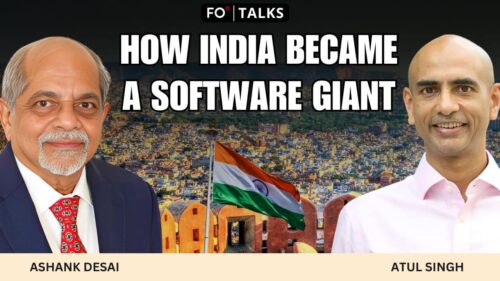
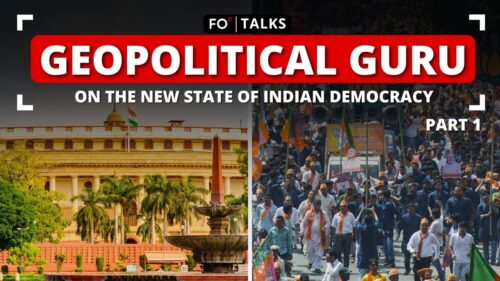










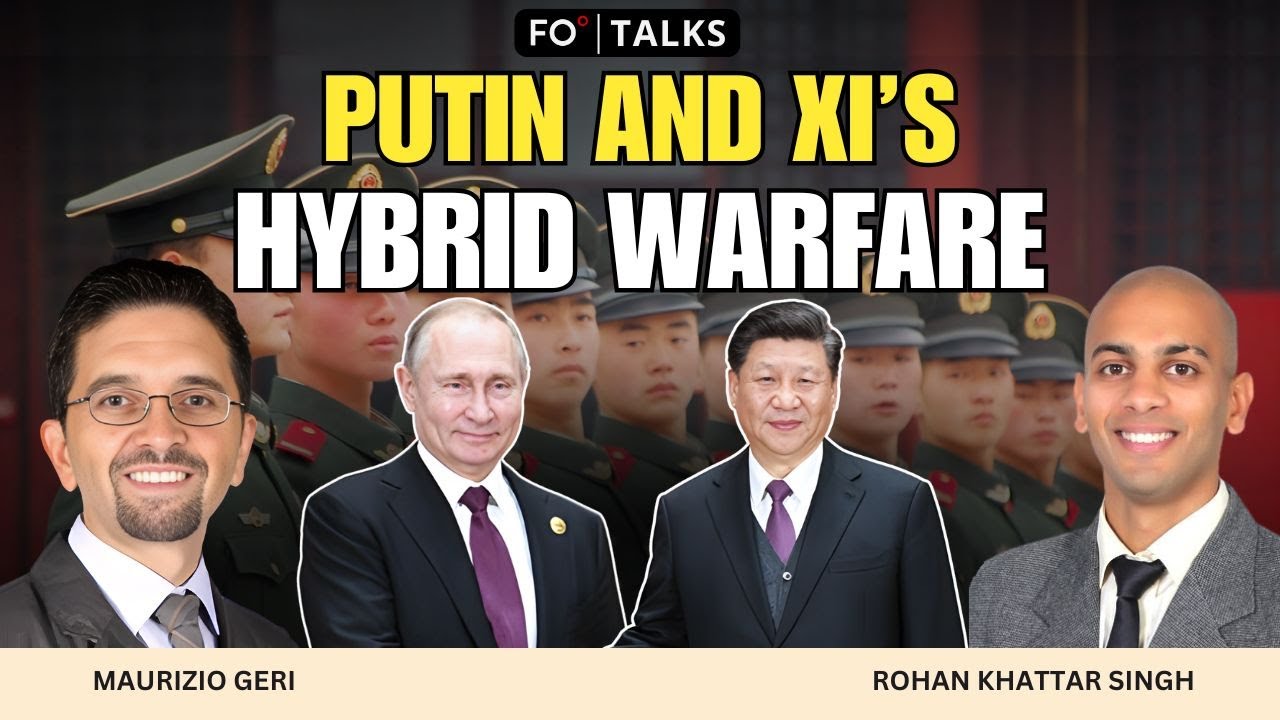











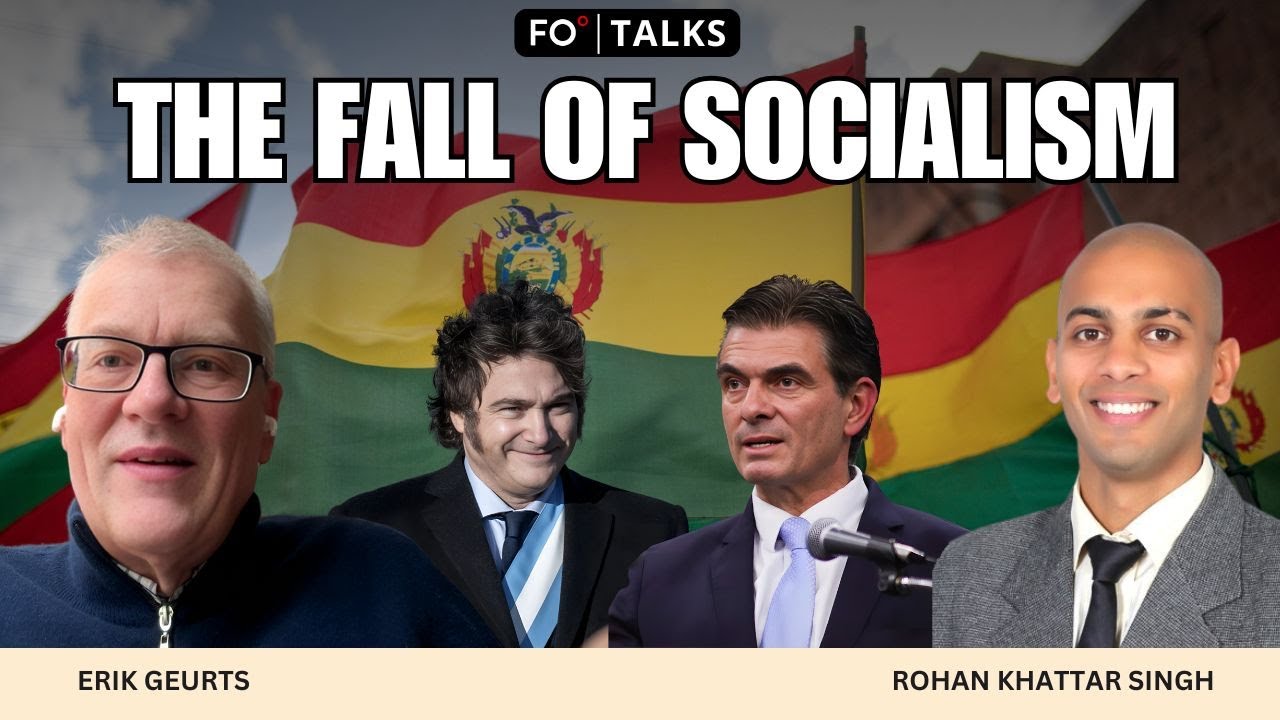





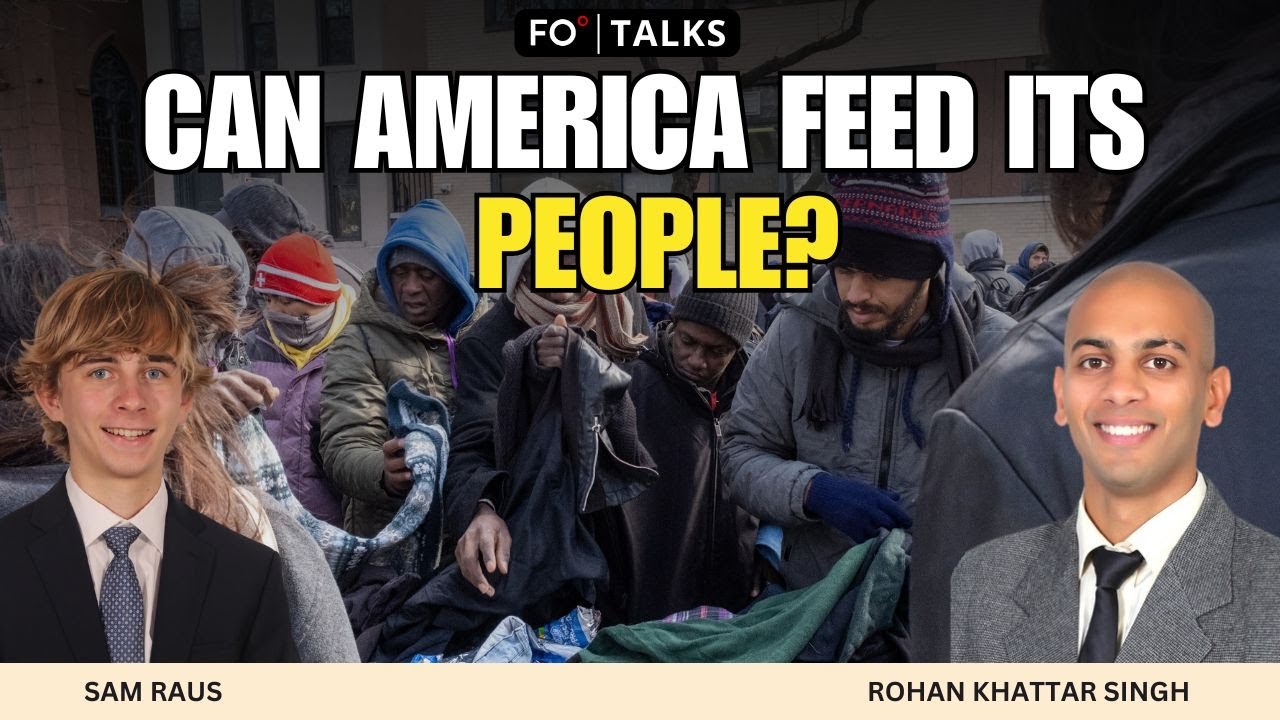



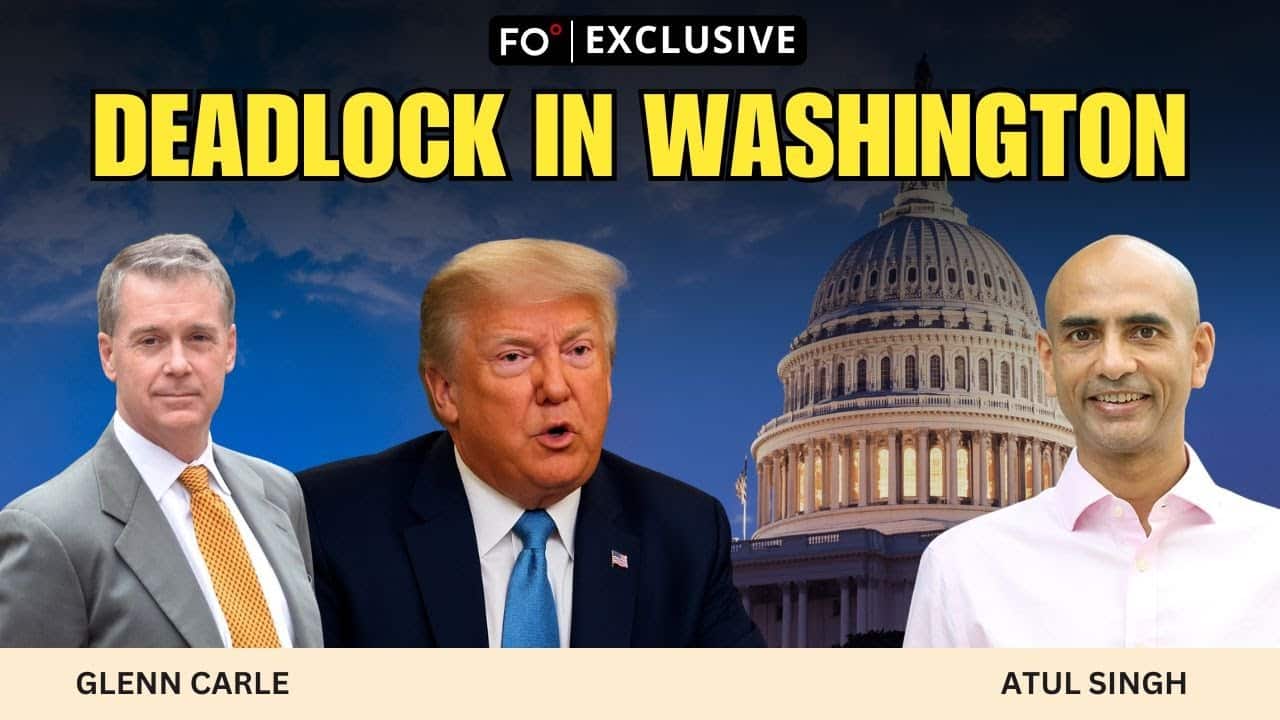



Comment
Too pessimistic. It’s quite obvious that the speaker is choosing to ignore political realities. He also over eggs the reform pudding and ignores that most if not all economies are in trouble.
Maybe he wants to see a Congress regime which many Western Deep States find malleable.